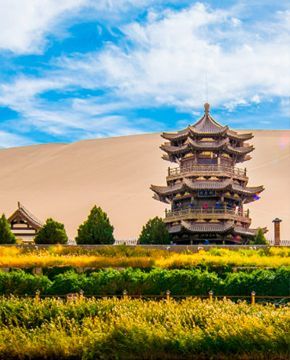Travelling in Xinjiang by bullet train has become a popular choice for domestic visitors, helping a region that was once restricted by poor transportation embrace a boom in tourism.
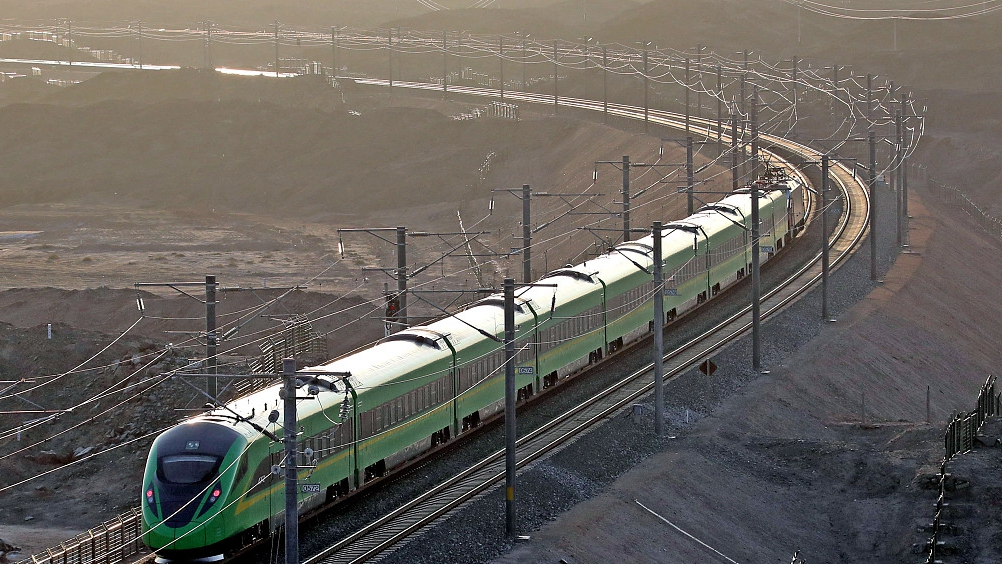
Tourism Trains:
First launched on 1st July 2013, the so-called "tourism trains" have expanded their routes and offer better services. These routes now cover main attractions such as Kanas, Turpan and Kashgar, and the trains are now equipped with bathrooms, gyms, catering services and entertainment rooms, helping to ensure a good travelling experience.
However, the Bullet trains that can run at 160 km/h have been put into operation to replace the older and slower models in northwest China's Xinjiang Uygur Autonomous Region.
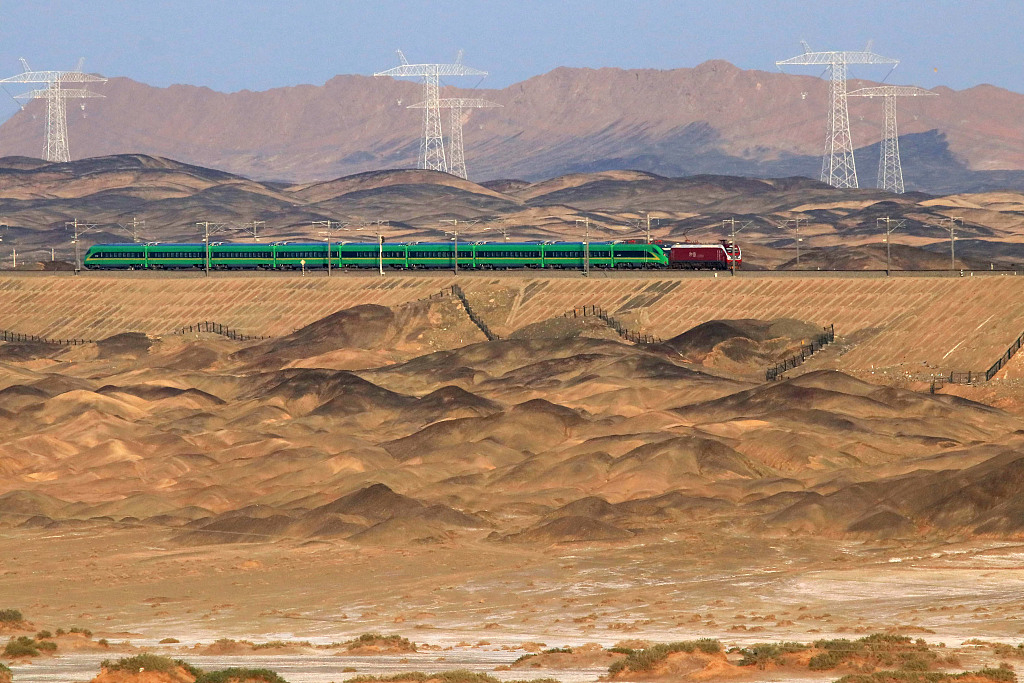
Kanas:
Kanas Scenic Area is situated in the middle of Altai Mountains, near the northern tip of Xinjiang, and its borders on Kazakhstan, Russia and Mongolia.
In Mongolian, Kanas means gorgeous and mysterious. It is famous for the beautiful scenery of Kanas Lake and its surrounding snow mountains, grasslands and birch forests. It is known as "Eastern Switzerland, and a paradise for photographer".
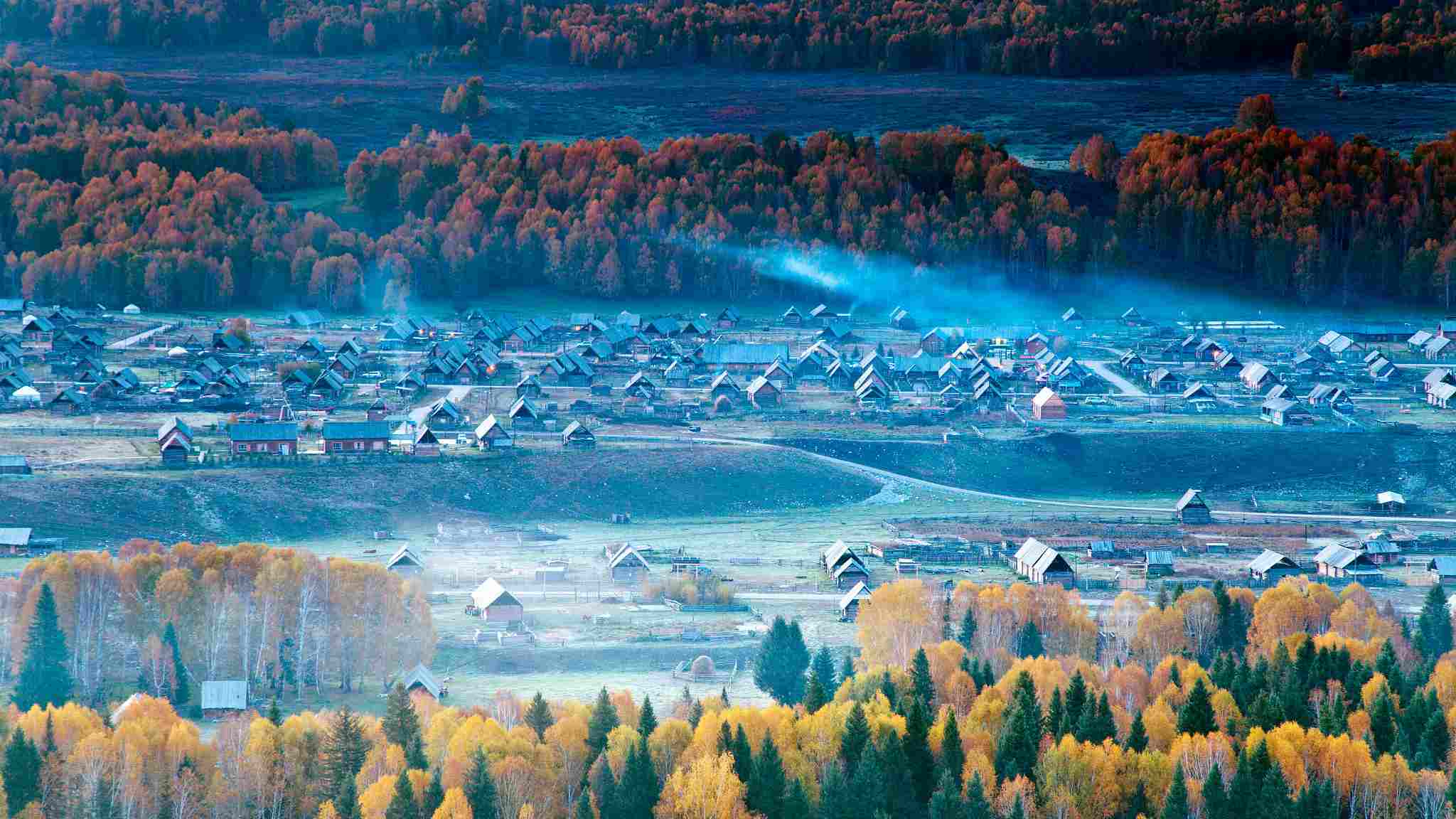
Kanas Lake:
Kanas lake, located in Altay, northwest China's Xinjiang Uygur Autonomous Region, is such a spectacular place. Influenced by the westerlies, the rich rainfall makes the region shrouded by mist. The Taiga forest made up of Siberian larch and Siberian spruce in the Kanas valley is home to abundant wildlife.
As the deepest alpine lake in China, the depth of Kanas lake can reach up to 188.5 meters. Its water storage is amazingly 5.38 billion cubic meters, which has surpassed that of the famous Taihu Lake in east China's Jiangsu Province.
The Kanas Lake is said to be formed as a result of ancient glacier movements. The colour of the lake would change according to the season and weather. On sunny days, the lake turns crystal blue. When it is rainy, the lake will turn emerald green. Now, freshwater fish of the Arctic like taimen and Asiatic trout live in the lake.
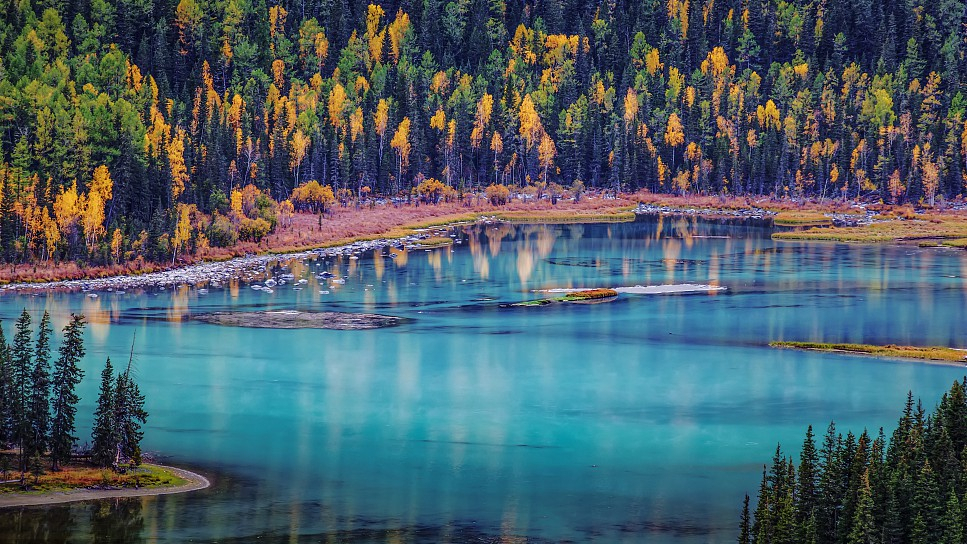
Ili:
Many local people say: " one wouldn't see the true beauty of Xinjiang if she or he hasn't been to Ili, hence Ili is also called the "Little Switzerland of the East."
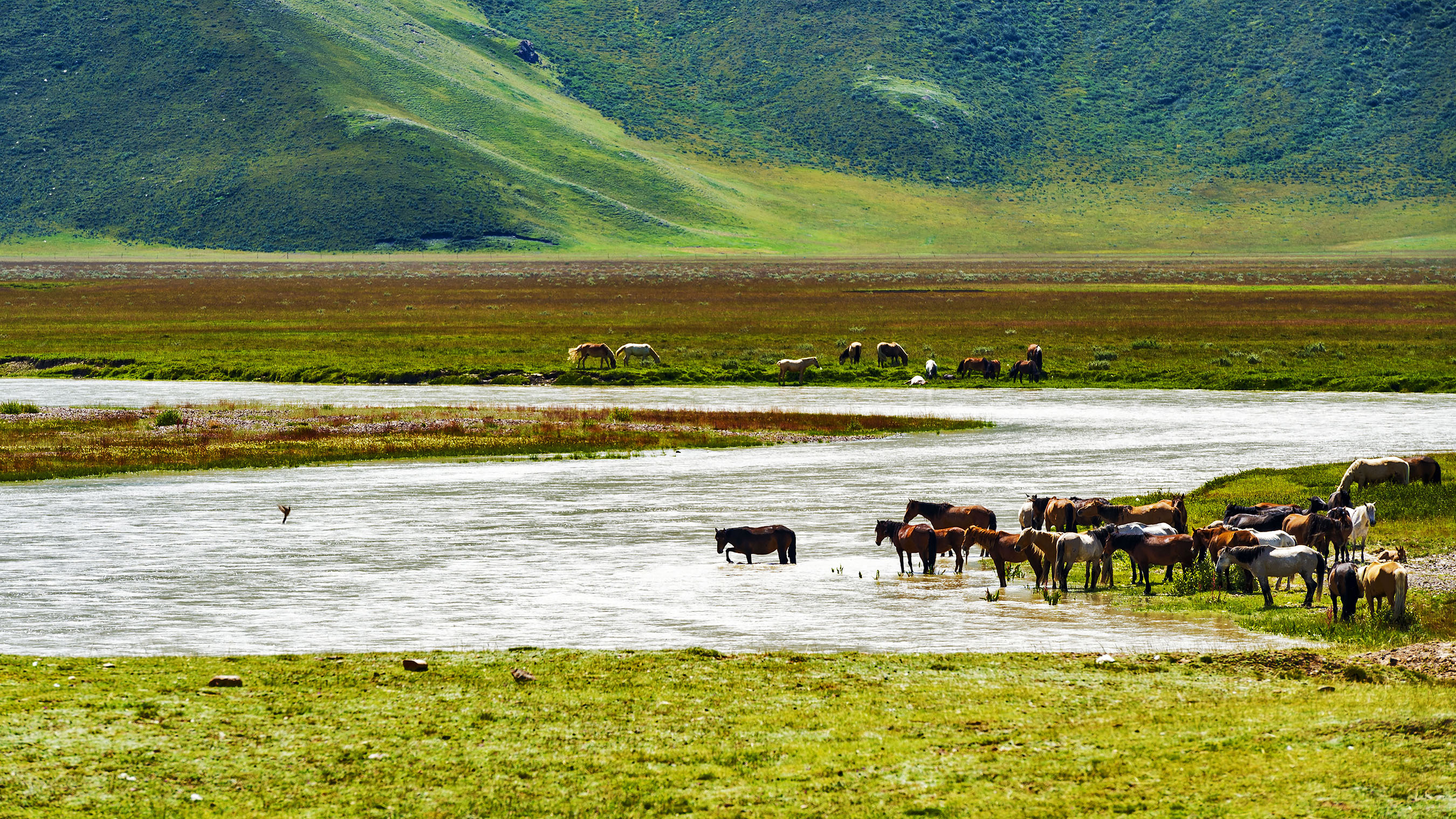
Naraty Grassland:
Located at the foot of Tianshan Mountains and the east section of Ili River Valley. Naraty scenic area always knows how to attract more travellers to come here. It is one of the highest grasslands in the world nicknamed the "Sky Grassland.”
The River Valley grassland, also known as Panlong Valley Road, is the favourite pasture of Kazakhs with the rich landform, dense vegetation, abundant streams, warm climate and many grasslands on slopes. when you visit the grassland, you will be attracted by these splendid views such as the winter nests scattered among the valleys and jungles, the yurts of herdsmen on the two sloping grasslands, these elegant blue-and-white domes plus the green forests to name just a few.
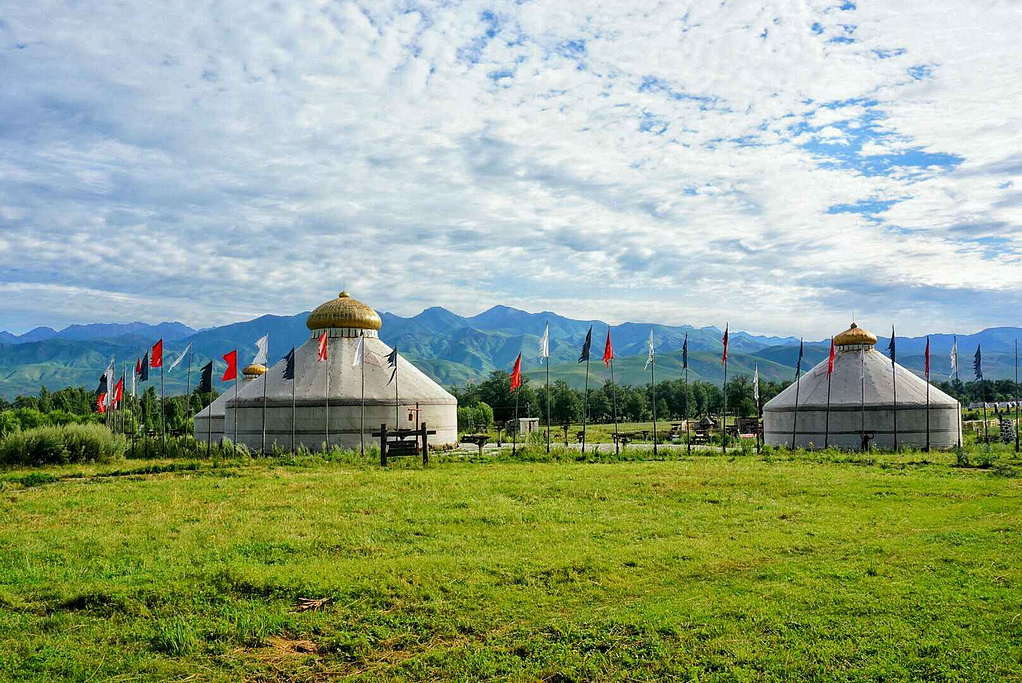
Turpan:
An ancient Silk Road trading post, Tupan oasis is surrounded by desert and mountains ruined cities and Thousand Buddha Caves.
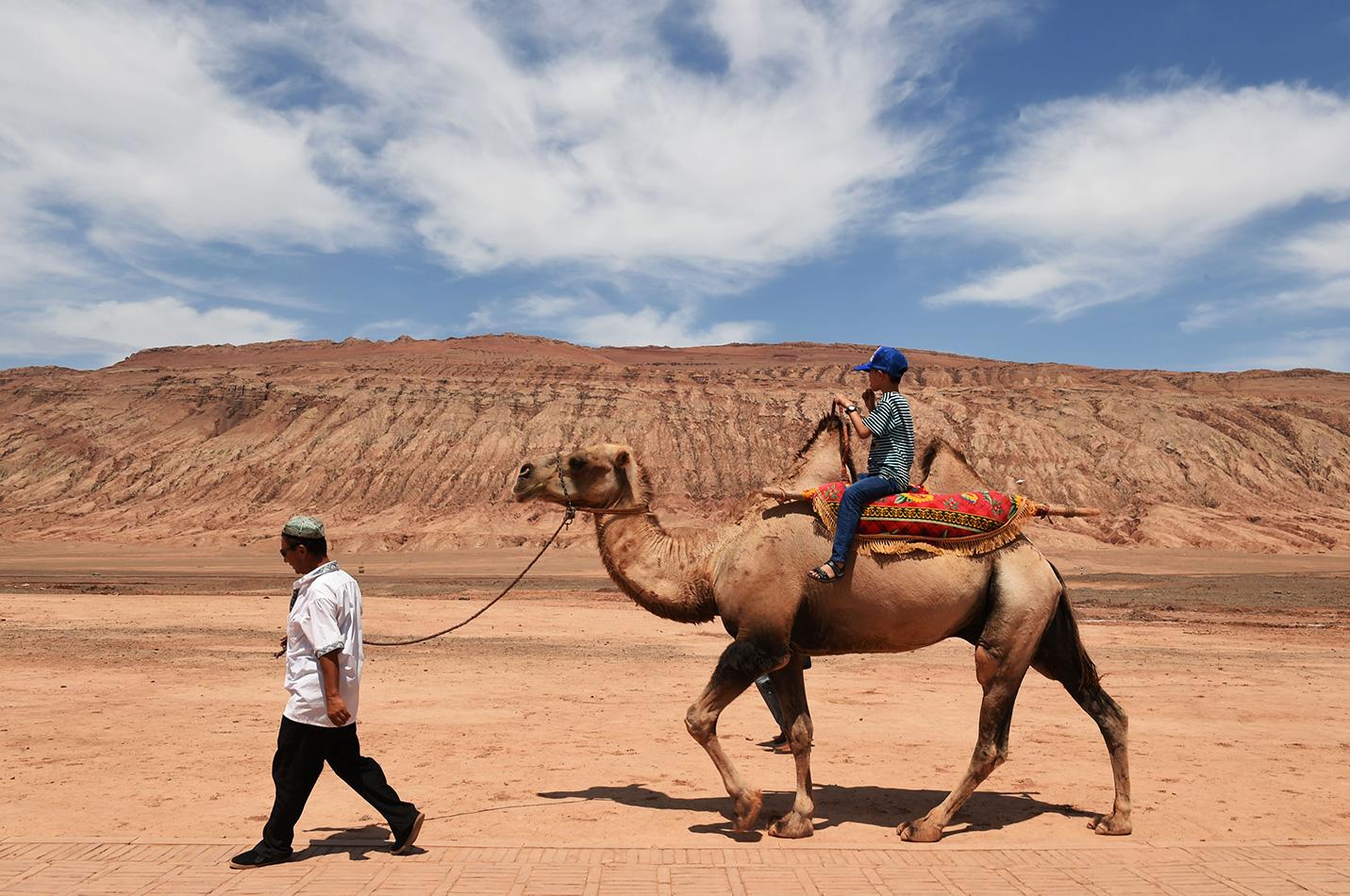
The Flaming Mountains:
Riding in the Flaming Mountains, it will be a great opportunity to take pictures. Made famous by the ancient Chinese classic novel Journey to the West, the surfaces of these desiccated mountains have been whipped into the shape of flames by howling desert winds. Under the relentless heat of the midday sun, the mountains radiate heat and with a dash of imagination, may appear to be on fire.
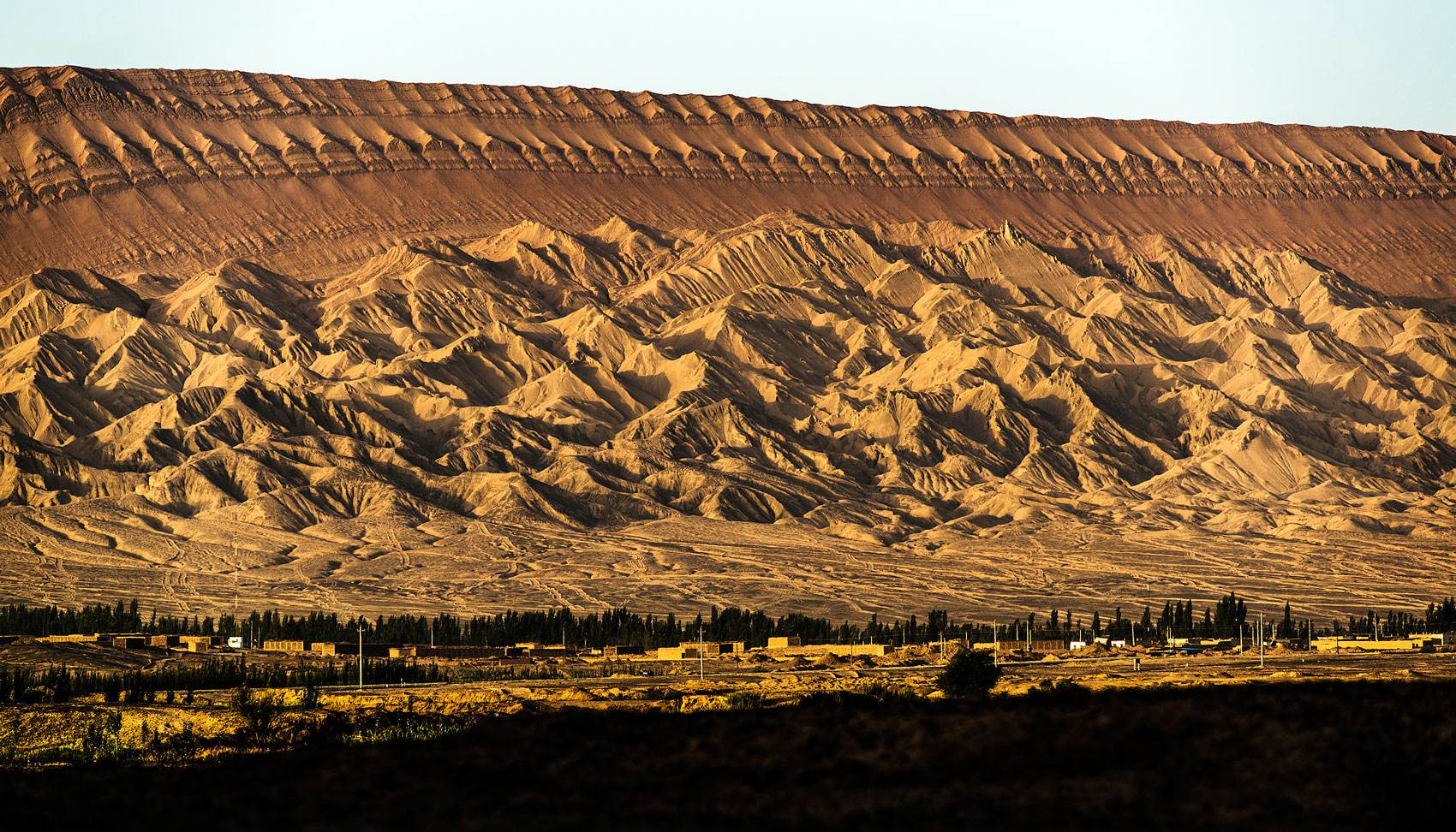
Karez Irrigation Site:
One of the most interesting stops on the tour is a Karez Irrigation Site. It's the site the locals are most proud of, and rightfully so-the irrigation method is probably their greatest contribution to desert dwellers and has been employed as far away as Afghanistan and Iran. More than 2,000 years ago, it was developed as a way to bring the snowmelt waters of the Tian Shan to the city through a series of wells dug into underground water channels. By transporting the water underground, they were able to prevent evaporation and to keep dust and dirt out of their water supply. The Karez Irrigation Site is like a museum explaining how the wells are built and maintained and even includes a sample channel and well that you can explore.
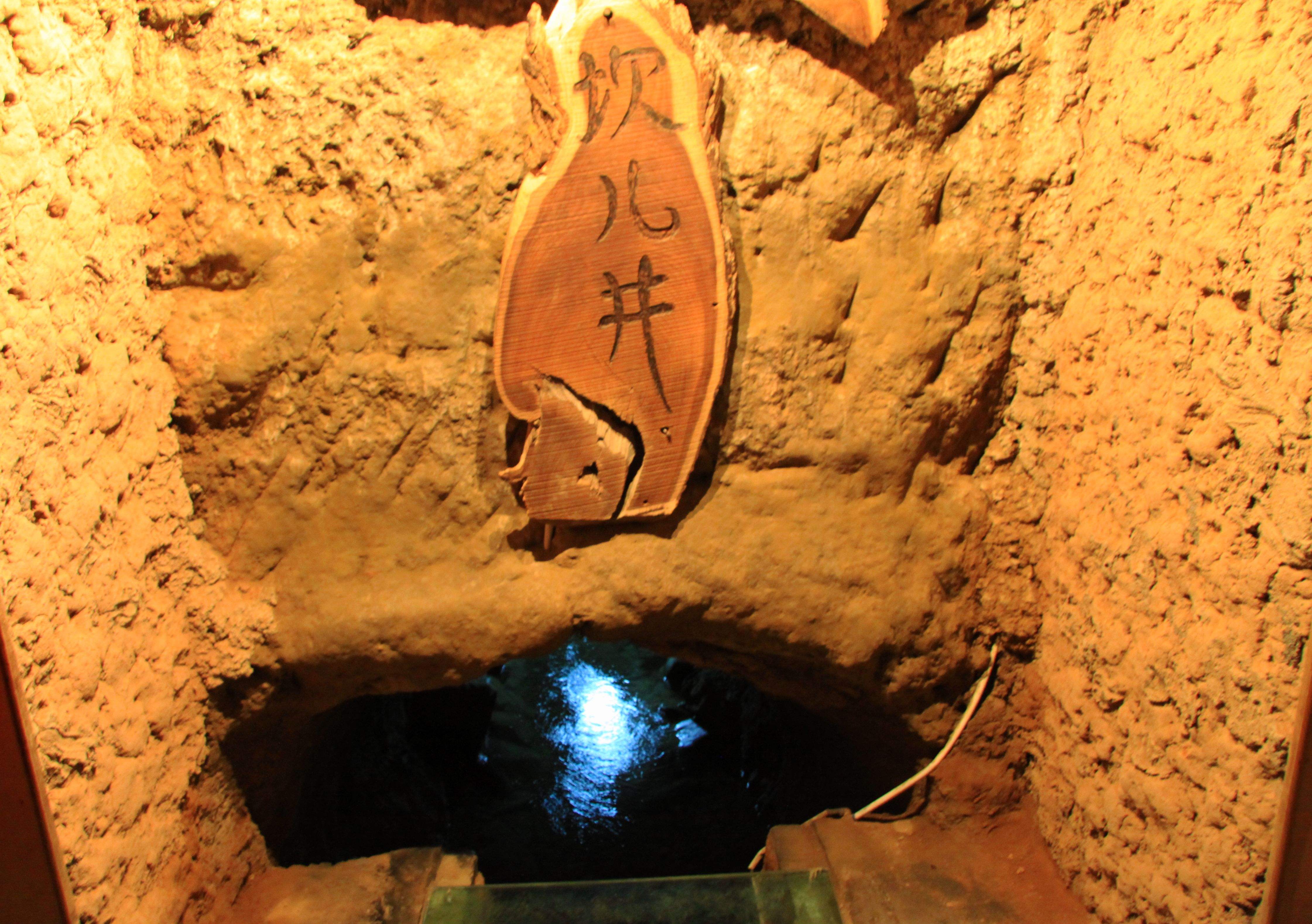
Jiaohe Ruins:
The Jiaohe Ruins, was built during the Han dynasty as a Chinese garrison town to defend the borderlands, it's less romantic but better preserved than Gaochang. Although the town was razed by Genghis Khan and his Mongol army, many structures maintain some semblance of their original form. Roads lead clearly through the town and a monastery with statues of the Buddha still stands. The town was built on an island at the confluence of two rivers. As the tours usually stop here in the late afternoon, the sunlight turns the stone almost golden and shutterbugs can have a field day.
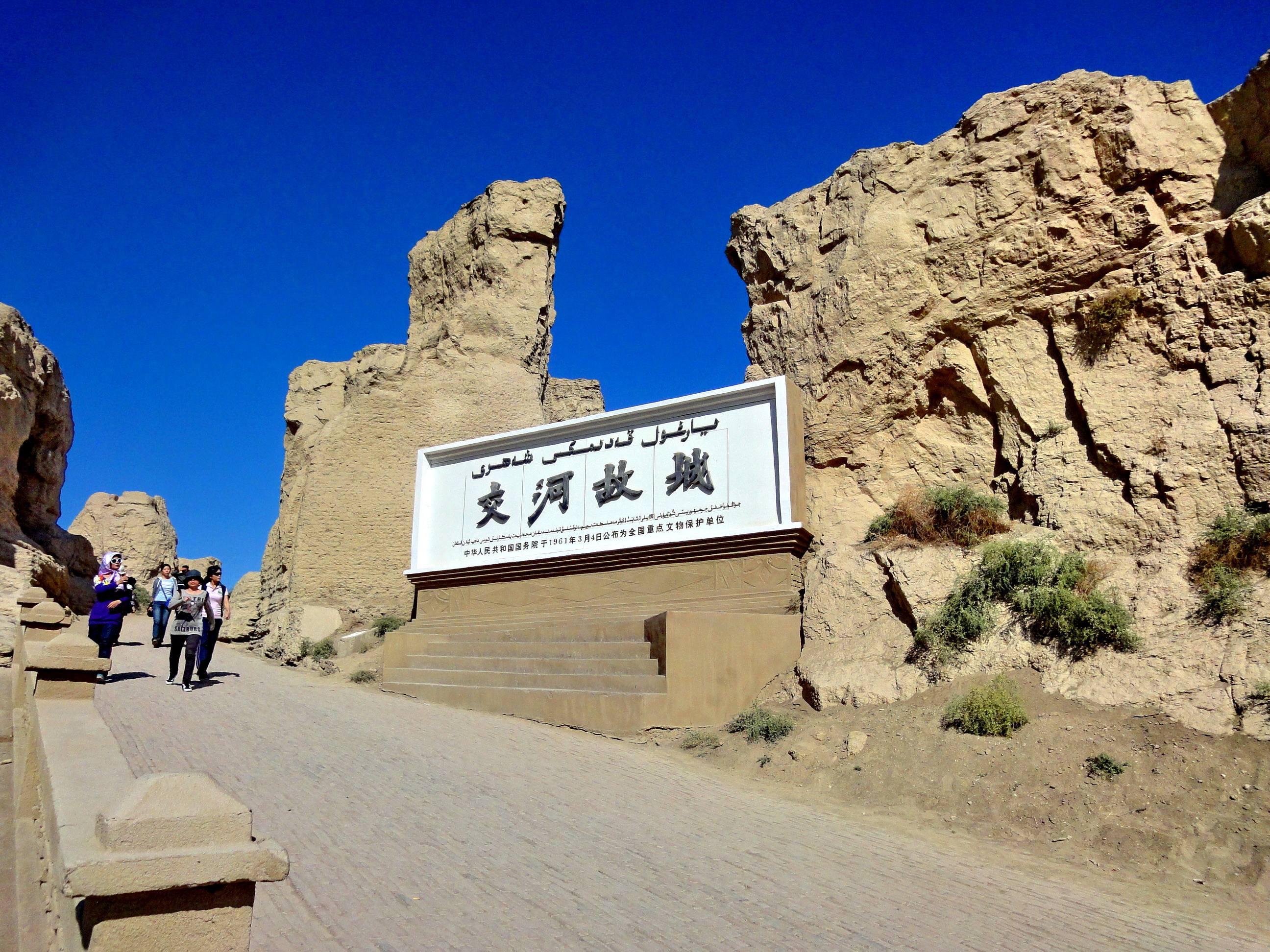
Bayanbulak Grassland National Nature Reserve:
Located in the Bayanbulak Basin of Tianshan Mountains in northwest China's Xinjiang Uygur Autonomous Region, Bayanbulak Grassland is a hidden paradise and is the second-largest grassland in China. Bayanbulak means “ abundant spring ” in Mongolian. Being mostly flat and surrounded by snow mountains, the prairie abounds in the grass and is studded with seven lakes and 20 rivers.
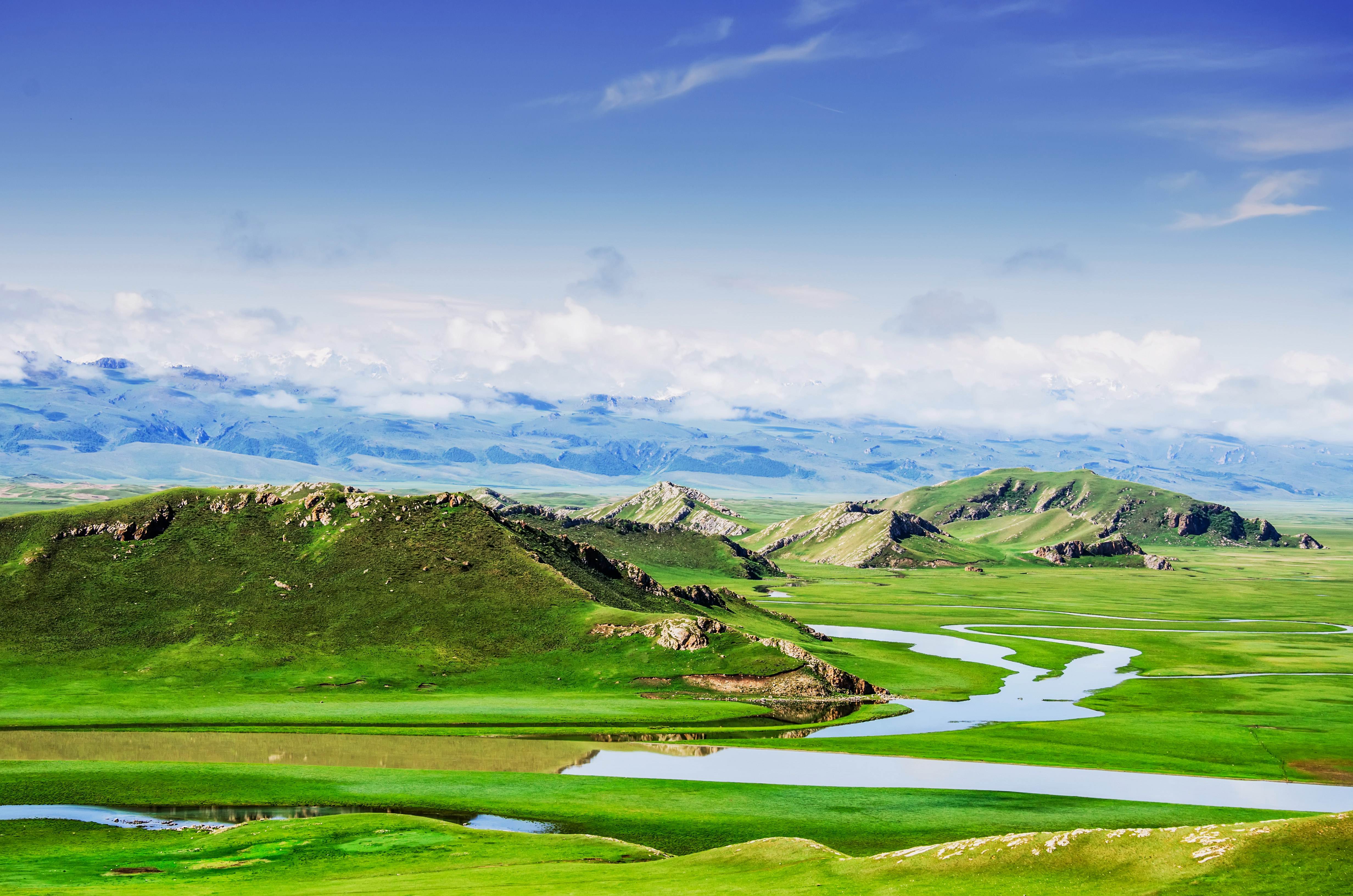
Swan Lake:
Sitting at an altitude of 2,000 to 2,500 metres, the Swan Lake on the reserve is an important breeding ground for birds and waterfowls, and it is the only swan's habitat in China. The vast majority of swans and other rare birds would return to the lake, a connected series of wetlands, from the south to live and breed here for eight months from April each year.
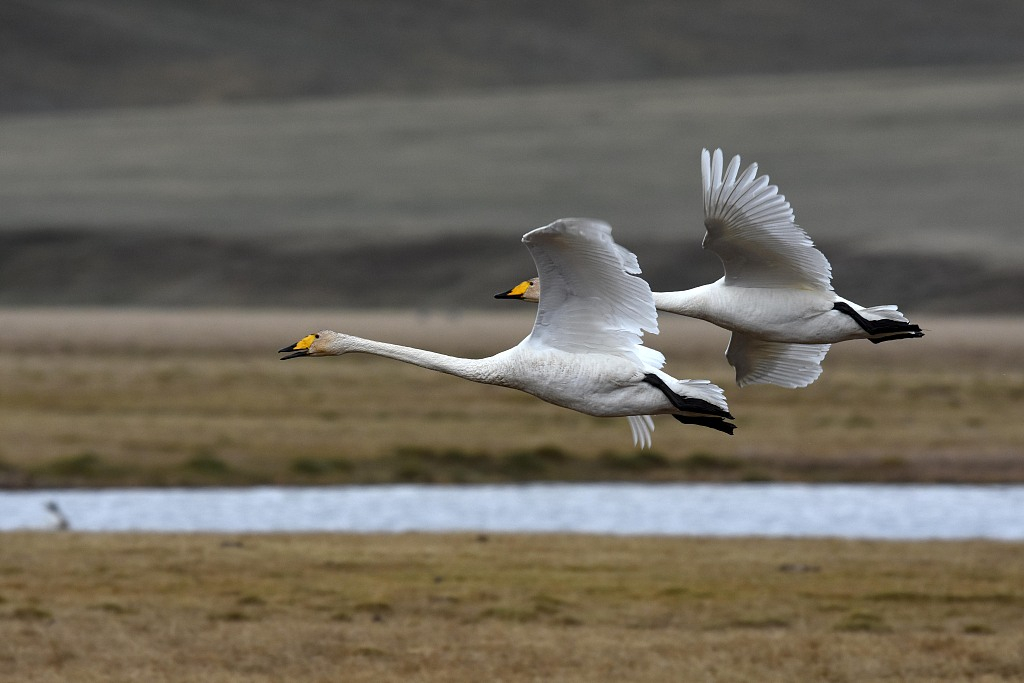
Kashgar:
As one of the popular travel destinations in Xinjiang, stepping into Kashgar is like being transported into the mysterious Arabian Tales.
This far-flung city in Xinjiang is a must-see for its beautiful scenery and intoxicating culture. Miraculous, modern China peels away to reveal the arresting sights, sounds, fragrance and atmosphere of a 2,000-year-old Middle Eastern Town.
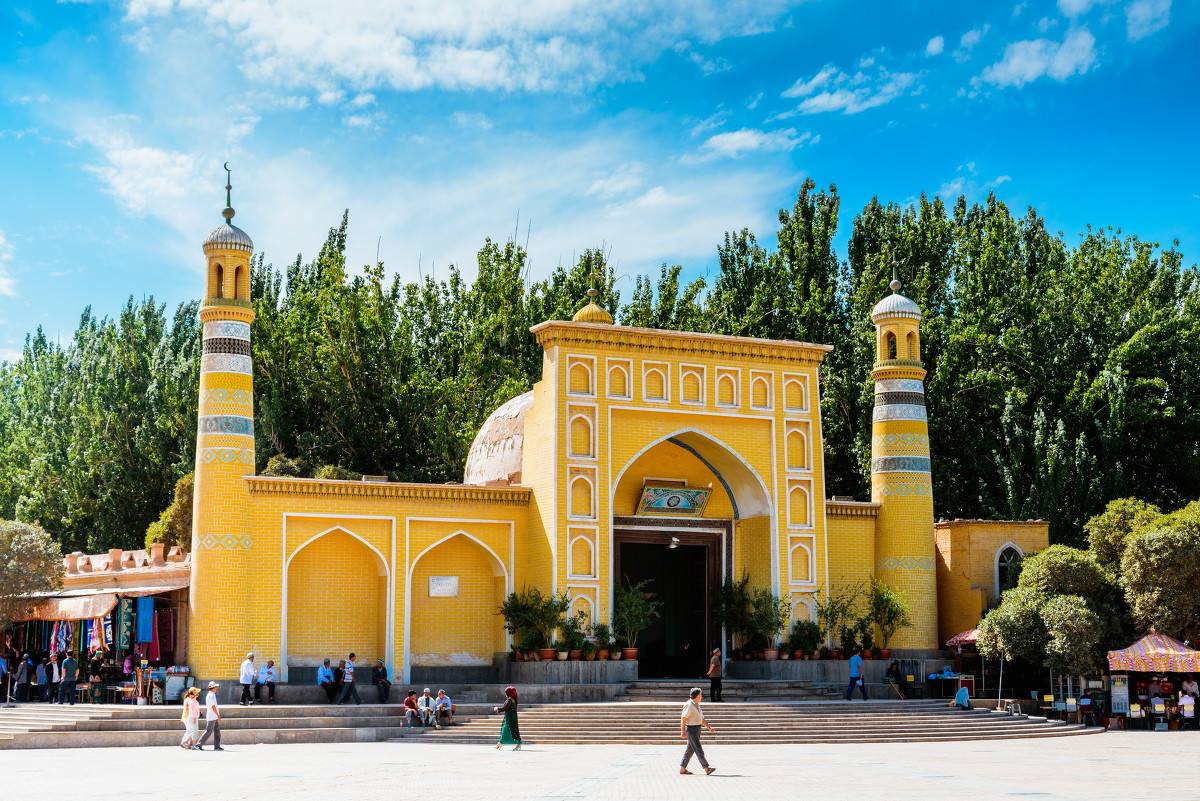
Kashgar Old City:
Anyone who watched the movie "The Kite runner" would recognize plenty of familiar shots here. Right, the movie was largely filmed in this old section of Kashgar city- a collection of narrow alleyways that zig-zag through mud-brick buildings, where hundred-year-old traditions are still kept alive.
Mosque's minarets rise up from behind the bazaar, stalls on the footpaths sell food, carpets are hung outside houses, Uygurs live and work in the streets their forefathers once called home. Their children still play in the narrow alleyways. This is what keeps Kashgar alive!
The old city was actually rebuilt and this section has running water and flushing toilets.
It is also very easy to get lost unless you have locals tell you the way to avoid dead ends - which you can easily tell by the shape and directions of paving bricks under your foot: if the bricks resemble an arrow, its an open path; if it's hexagon that's a dead end.

Sunday Livestock Market:
"Posh posh" vendors yell at their sheep while trying to shove them out of the truck, getting ready for trade. The livestock market in Kashgar, Xinjiang, about a 30-minute drive from downtown city.
This lively animal market is by far the largest and most popular, were yaks and camels are for sale but so far the most prevalent were sheep and goats. People come and trade almost every day, but Sunday attracts most people, including visitors.
Unlike traders who care much about how many deals they are about to make, I'm more attracted to the way they close the deal - handshakes by both sides after rounds of bargains by a third party, where you can still get a sense of long-kept traditions.
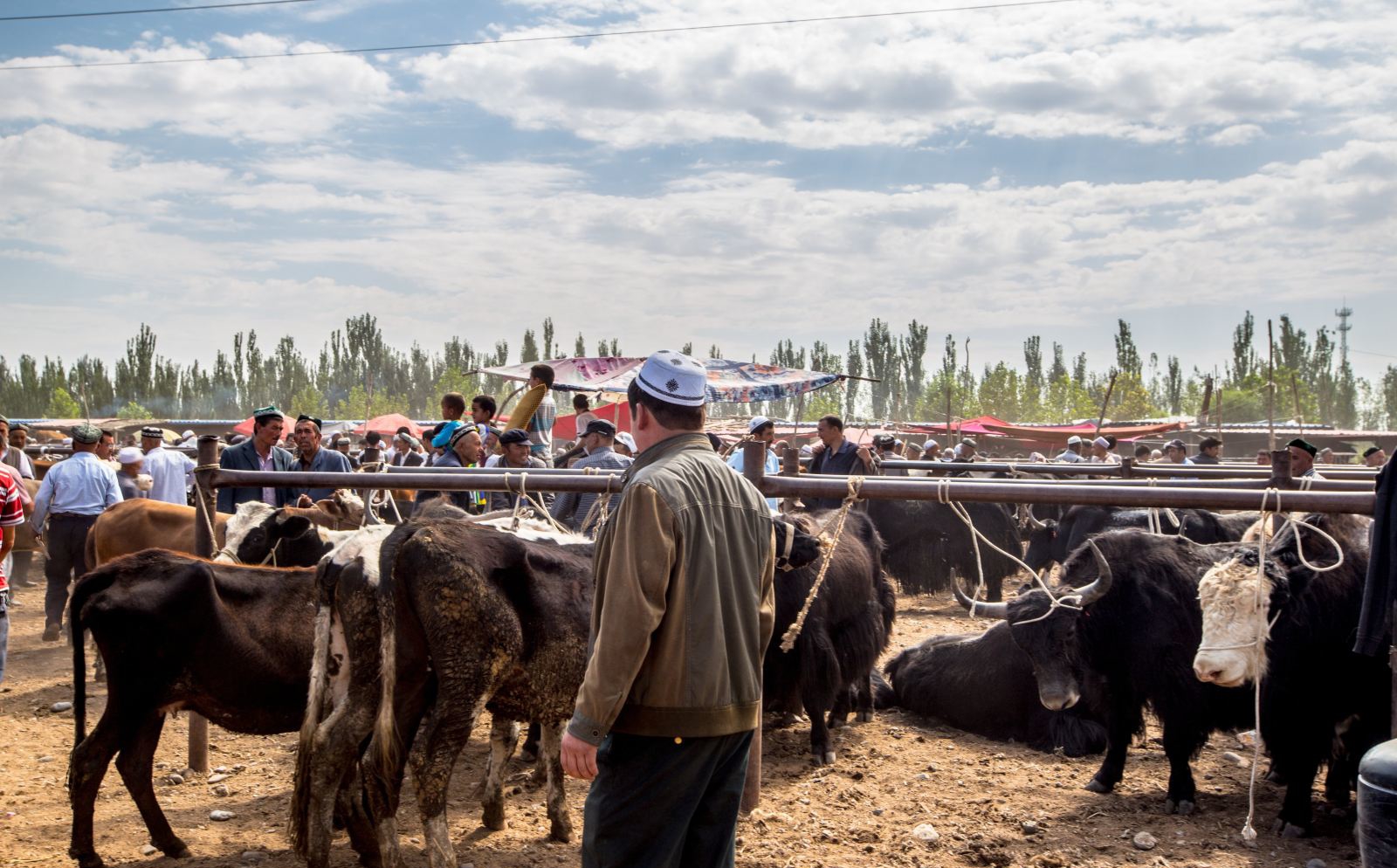
The advantages of the Highspeed train:
Although Xinjiang boasts rich natural resources and marvellous landscapes, its tourism development has long been hampered by poor transportation.
The first such trains started operation on August 8 from Urumqi to Korla, with a total of three pairs of trains running daily. The train can cut the intercity travel time from five to three hours.
The Fuxing Trains Information:
In the future, there will be 20 more sets of Fuxing trains linking multiple cities in the region, according to China Railway Urumqi Group Co., Ltd.
The region received about 75.9 million visitors in the first half of this year, up 46 percent compared with the same period last year, according to regional officials.

